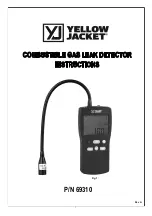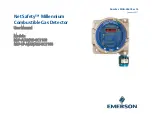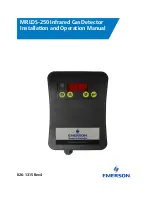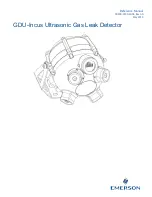
Discrimination is a function which enables the removal of sound signals from unwanted
objects, which have a identification number lower than the set discrimination value.
E.g. a discrimination value set to -20 will result in a lack of the detector’s reaction to most small
steel objects. The discrimination value can be set within the range -90 to +90.
The detector has 20 points of Notch function. Each of which can be locked individually.
This function is used to eliminate signals from objects within a narrow range of identification
point, which helps to search in places where there is a large amount of similar, unwanted
objects. For example, to eliminate signals from spent cartridges littering a battlefield but not
eliminating signals from other objects.
When using Notch it is important to remember that other objects with characteristics
similar to the „unwanted” ones will also be eliminated. For best results, only use this function in
exceptional circumstances.
This function allows for the quick and easy location of an object. To use the pinpoint
function move the search coil away from the area where the object is and then press and hold
the trigger. To pinpoint the object make a cross like movement, to find the point where the signal
is the strongest. The depth of the object shown on the screen is set-up for medium-sized
objects. This means that for large objects the depth will be larger than indicated on the screen.
The operation of the indicator and depth gauge is not dependent on the sensitivity of the
detector, however the sound signal is.
An overload means that the signal from an object is too strong for the detector to process
correctly. Thankfully this does not mean the detector has been damaged. An overload is
indicated by a rattling sound and the « Overload » message on the display. In this situation lift
the search coil up – when the overload message has gone, the display will show the
identification value for the object.
RUTUS
Argo NE
9
Содержание Argo NE
Страница 1: ......








































